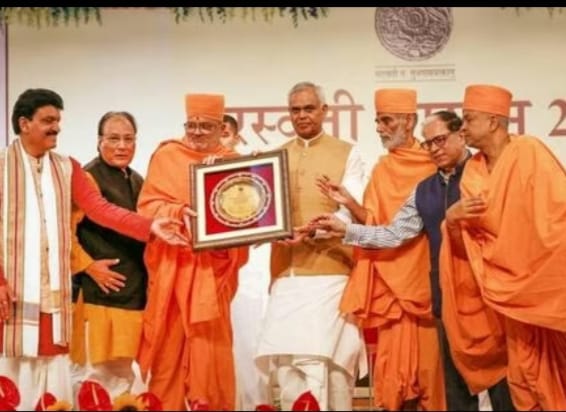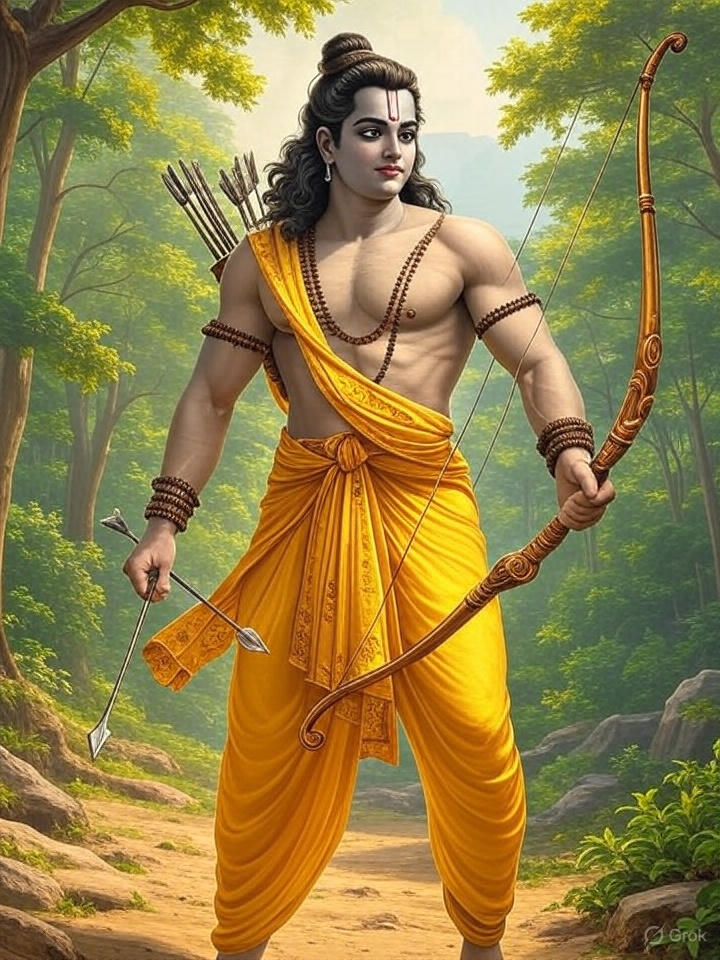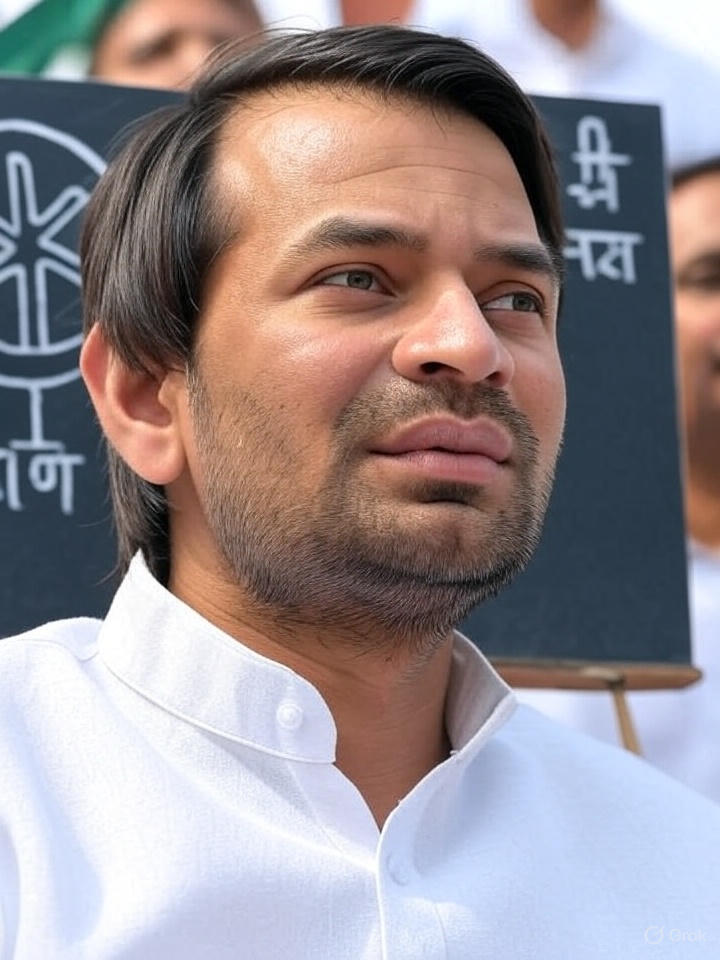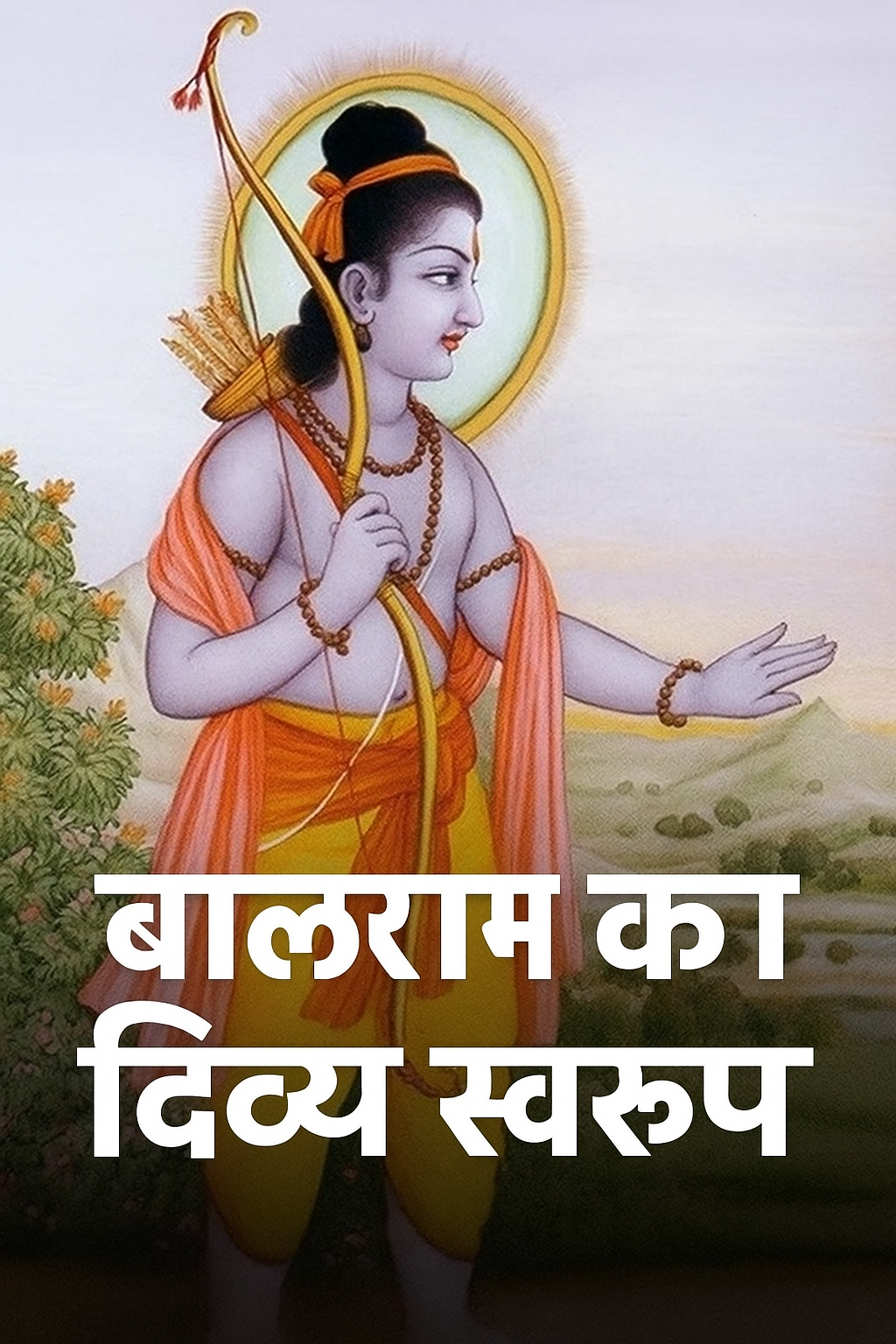
In a proud cultural milestone, two of India’s most profound ancient texts—the Bhagavad Gita and the Natyashastra—have been granted a coveted place in UNESCO’s Memory of the World Register. This international recognition elevates the global visibility of India’s timeless wisdom and reinforces its civilizational contribution to the arts, philosophy, and ethics.
UNESCO’s Memory of the World Register is not merely a list—it’s a curated chronicle of humanity’s documentary heritage. Since its inception in 1992, the initiative has aimed to preserve the world’s most significant manuscripts, records, and documents, ensuring that their wisdom is not lost to time. In 2025, among 74 documentary heritages chosen globally, the Gita and Natyashastra from India stand as beacons of intellectual and spiritual richness.
The Bhagavad Gita, embedded within the Indian epic Mahabharata, is much more than a religious scripture. Comprising 700 verses across 18 chapters, it unfolds a dialogue between Krishna and Arjuna on the eve of a great war. This conversation doesn’t just serve as philosophical discourse but as a framework for understanding duty, courage, and the pursuit of selfless action. Its appeal lies in its universal relevance—drawing readers across cultures, religions, and eras.
The manuscript collection of the Gita recognized by UNESCO is an ancient Samgraha-grantha, revered for shaping ethical and metaphysical thought not only in India but globally. Its translation in countless languages and interpretation by thinkers like Swami Vivekananda and Mahatma Gandhi has cemented its legacy in global philosophy.
Equally monumental is the inclusion of Bharata Muni’s Natyashastra—a second-century BCE text often considered the foundational treatise of Indian performing arts. Codified in Maharashtra and preserved at the Bhandarkar Oriental Research Institute in Pune, the Natyashastra outlines a comprehensive aesthetic theory. It meticulously defines performance art through concepts like 'rasa' (aesthetic emotion), 'bhava' (expression), and 'abhinaya' (performance), setting the blueprint for classical dance, theatre, and music in India.
Containing an astonishing 36,000 verses, the Natyashastra blends science and spirituality, art and discipline, and theory and practice. It codifies dance forms under the Gandharvaveda, a branch of knowledge associated with divine music and drama, and serves as a rare cultural manuscript that embodies India's interdisciplinary brilliance.
India’s Prime Minister Narendra Modi described this recognition as a “proud moment for every Indian,” emphasizing that such inscriptions spotlight the country’s enduring legacy of consciousness and civilization. Union Culture and Tourism Minister Gajendra Singh Shekhawat echoed this sentiment, calling the inclusion a “historic moment” for Indian heritage, and praised these works not merely as literary texts but as timeless philosophical frameworks that influence the way people "think, feel, and express."
In a world that often races toward the future, this honor from UNESCO serves as a reminder of the value of looking inward—to the roots that define a people’s identity. As the Gita continues to offer spiritual guidance and the Natyashastra inspires performers worldwide, their inclusion in the global documentary canon ensures that India’s wisdom continues to echo across generations.
These recognitions don’t just celebrate ancient manuscripts—they reaffirm the importance of preserving voices from the past to guide humanity’s future.



.jpeg)


.jpeg)




.jpeg)

.jpeg)


.jpeg)


.jpeg)

.jpeg)